How to Draw the Structural Formula for Ammonium Hydroxide
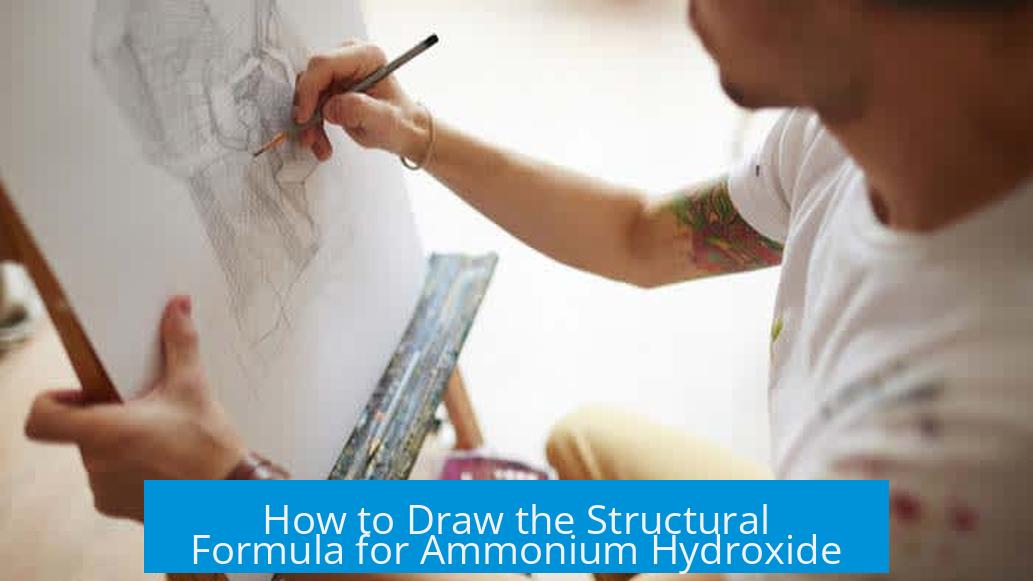
The structural formula for ammonium hydroxide should be drawn showing the ammonium cation (NH4+) and the hydroxide anion (OH-) as separate ions connected by ionic interaction rather than covalent bonds.
Understanding Ammonium Hydroxide Composition
Ammonium hydroxide has the chemical formula NH4OH. It consists of two ions: the ammonium cation (NH4+) and the hydroxide anion (OH-). Because it exists as ions in solution, it is impossible to isolate pure NH4OH as a single neutral molecule.
Drawing the Ammonium Cation (NH4+)
- Center a nitrogen atom (N).
- Attach four hydrogen atoms (H) around the nitrogen.
- Arrange the hydrogens tetrahedrally around the nitrogen to show spatial orientation.
- Indicate a positive charge (+) on the nitrogen or near the entire ammonium ion.
Drawing the Hydroxide Anion (OH-)
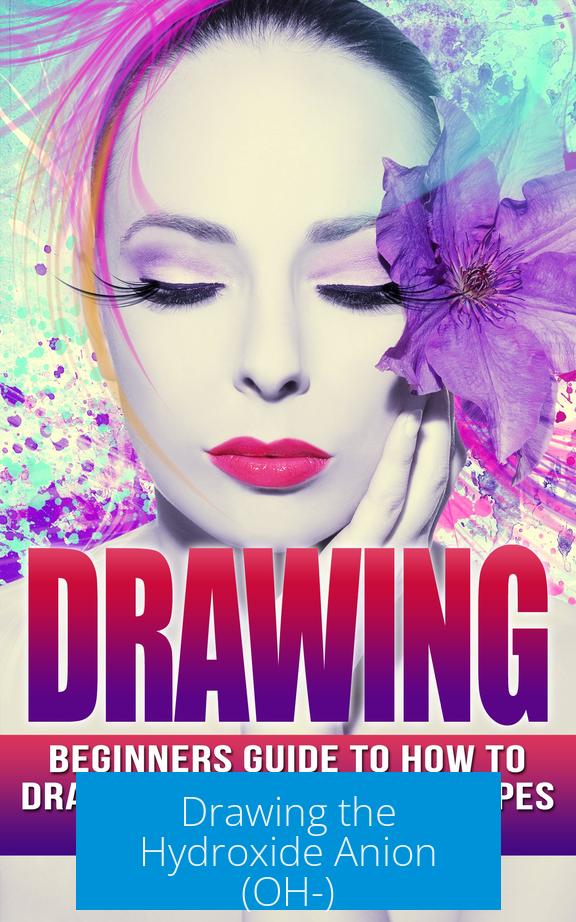
- Draw an oxygen atom (O).
- Attach a single hydrogen atom (H) to oxygen.
- Mark the negative charge (-) on the oxygen or the ion as a whole.
Indicating Ionic Interaction
Connect NH4+ and OH- ions using a dotted or dashed line to signify ionic attraction. Avoid drawing a direct covalent bond between them because ammonium hydroxide dissociates completely into ions in aqueous solution.
Summary Table for Structural Formula
| Component | Structure | Charge | Bond Type |
|---|---|---|---|
| Ammonium Ion | N center bonded to 4 H (tetrahedral) | + | Covalent within ion |
| Hydroxide Ion | O bonded to 1 H | – | Covalent within ion |
| Between Ions | NH4+ — OH- | Neutral overall | Ionic (electrostatic attraction) |
Important Notes
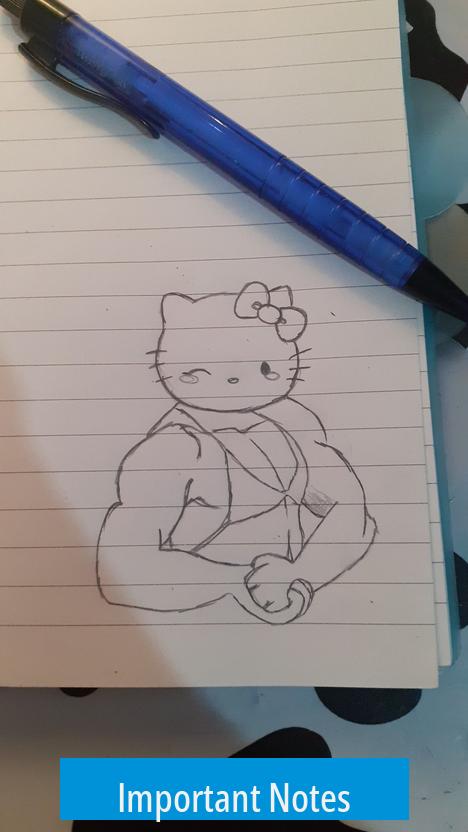
- Do not attempt to draw NH4OH as a single molecule with covalent bonds connecting N, O, and H atoms across the ions.
- The ions exist independently in aqueous environments, held by ionic forces.
- Charges are essential to represent the ionic nature and maintain chemical accuracy.
Key Takeaways
- Ammonium hydroxide is composed of NH4+ and OH- ions.
- Draw NH4+ as N bonded to four H atoms, showing a positive charge.
- Draw OH- as O bonded to one H, showing a negative charge.
- Represent the ionic bond between these ions with a dashed line, not covalent bonding.
- Pure NH4OH as a covalent molecule does not exist; it is always ionic in solution.
How Should I Draw the Structural Formula for Ammonium Hydroxide?
So, you’re staring at ammonium hydroxide and wondering, how exactly do I draw its structural formula? Well, you’re not alone. This compound is a sneaky one—often misunderstood even by budding chemists. The structural formula for ammonium hydroxide is best represented as an ionic pair of the ammonium cation (NH4+) and the hydroxide anion (OH−), not as a single covalently bonded molecule. Let’s unpack why this matters and how to draw it properly.
What Even Is Ammonium Hydroxide?
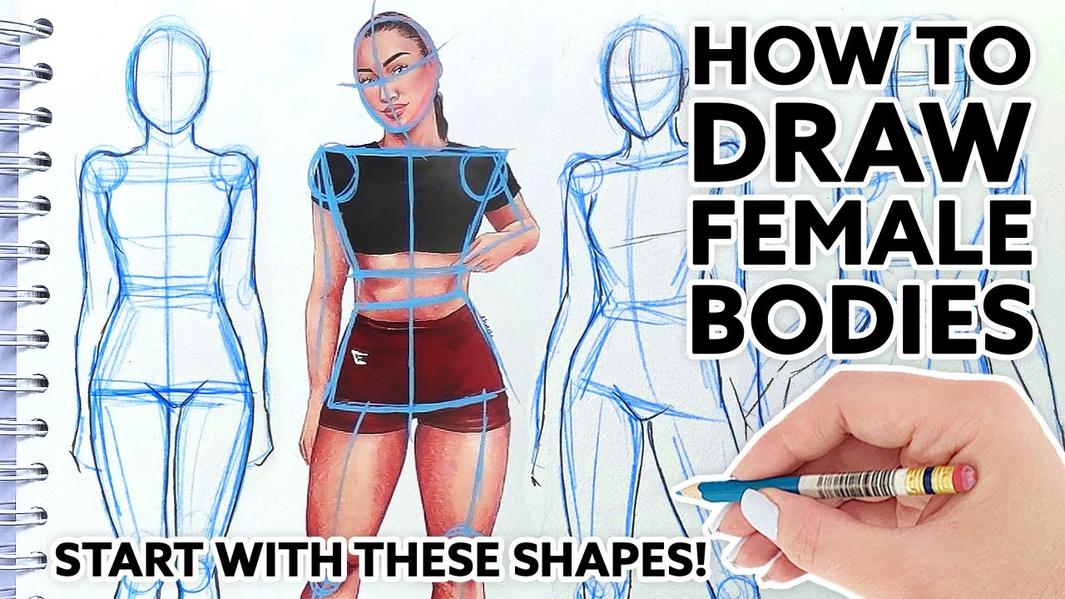
First, a quick refresher: the chemical formula for ammonium hydroxide is NH4OH. Despite its name, it doesn’t behave like a classic molecule where atoms share electrons in straightforward covalent bonds.
Interestingly, you cannot isolate a pure sample of NH4OH as a standalone molecule. In solution, especially in water, it exists as ions. This means you have ammonium ions (NH4+) floating around alongside hydroxide ions (OH−), attracted to each other through ionic forces rather than covalent bonds that hold atoms together within a molecule.
Drawing the Ammonium Ion: NH4+
On one side, we have the ammonium cation (NH4+). Imagine a central nitrogen atom bonded to four hydrogen atoms. Nitrogen, like a social hub, forms four single covalent bonds with four hydrogens, creating a tetrahedral shape.
The nitrogen carries a positive charge because it shares more electrons than usual, balancing out the charge deficit. To draw this:
- Start with the “N” in the center.
- Attach four “H” atoms around it, spaced out evenly to reflect the tetrahedral geometry.
- Add a superscript plus sign (+) near the nitrogen to indicate the positive charge.
This structure represents the ammonium cation clearly. There are no stray electrons or double bonds here—just simple single bonds and a positive charge.
Drawing the Hydroxide Ion: OH−
On the other side, there’s the hydroxide anion (OH−). This one’s simpler. Think of an oxygen atom bonded to a single hydrogen atom.
Oxygen normally wants two bonds, but here it only bonds to one hydrogen and carries an extra lone pair of electrons, which confers a negative charge.
- Place the “O” and bond it to the “H” with a single line.
- Write a superscript minus sign (−) near the oxygen to indicate the negative charge.
- Optionally, you can show the lone pairs on oxygen as pairs of dots around it—this adds clarity.
How Do These Pieces Come Together?

Here’s the kicker: you don’t draw an actual bond between the ammonium ion and hydroxide ion in the same way as within molecules. The bond between NH4+ and OH− is ionic, not covalent.
This means the ions are attracted by their opposite charges. The connection is more like a handshake than a hug—they’re close but don’t share electrons directly.
So, when you draw ammonium hydroxide’s structural formula, place the NH4+ and OH− close but separated, maybe using a plus sign or a dotted line to indicate the ionic interaction.
Why Not Draw a Single Molecule?
Good question! One might try to connect nitrogen through oxygen or hydrogen, creating a single molecule NH4OH with all atoms covalently bonded. But this does not reflect reality.
Because ammonium hydroxide cannot be isolated as a neutral covalent molecule, any such drawing is misleading. The compound exists almost exclusively as separate ions dissolved in water.
Think of it as salt in water: you don’t draw NaCl as one big molecule, but rather as Na+ and Cl− ions. Same for ammonium hydroxide.
Practical Tips for Students and Chemists
- Use tetrahedral layout for NH4+ to reflect actual geometry.
- Show charges clearly with plus and minus signs next to the proper atoms.
- Use a dashed line or simply a space to indicate an ionic bond, emphasizing these are separate entities.
- Never connect nitrogen directly to oxygen in this formula; it’s incorrect and can confuse.
- Remember, ammonium hydroxide is more conceptual—it’s an aqueous solution of ammonia and water where NH4+ and OH− ions form due to proton transfer.
How Does This Help You As a Learner?
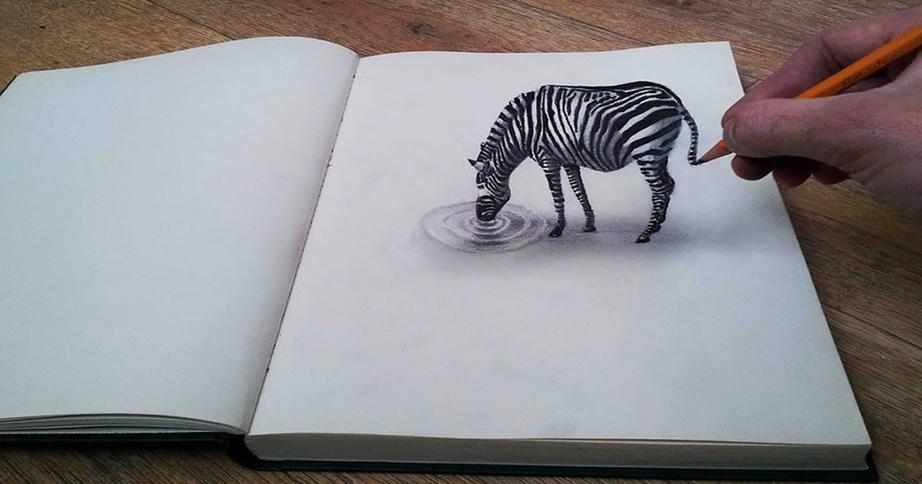
Knowing the right way to draw ammonium hydroxide helps avoid pitfalls on chemistry exams and in practical labs. It shows you understand the nature of ionic compounds and aqueous solutions, not just rote formulas.
Plus, it’s a reminder that chemistry isn’t always about neat molecules clumped together. Sometimes it’s about interactions between ions and how they behave in water.
Summary: The Winning Drawing
| Component | How to Draw | Charge | Bond Type to Other Ion |
|---|---|---|---|
| Ammonium (NH4+) | N center with four H atoms tetrahedrally arranged | Positive (+) | Ionic interaction (no covalent bond with OH−) |
| Hydroxide (OH−) | O bonded to one H, oxygen with lone pairs shown optionally | Negative (−) | Ionic interaction (no covalent bond with NH4+) |
If you follow these steps, your ammonium hydroxide structural formula will be scientifically accurate and frustration-free!
Final Thought: Ever Wondered Why This Matters?
Drawing ammonium hydroxide properly clarifies how bases work in water. NH4+ and OH− formation explains why solutions become basic. It’s the foundation of acid-base chemistry. So next time you write NH4OH, remember: you’re really sketching a dance between two ions, each with its own role.
Now, grab your pencil and try it out! Show NH4+ on one side, OH− on the other, charges in place, and watch that formula sing true chemistry songs.
How do I represent the ammonium ion (NH4+) in the structural formula?
Draw a nitrogen atom in the center bonded to four hydrogen atoms. Show a positive charge on the ammonium ion to indicate its ionic nature.
How is the hydroxide ion (OH-) depicted in the structural formula?
Draw an oxygen atom bonded to one hydrogen atom. Add a negative charge to show it is an anion.
Should I show a covalent bond between NH4+ and OH- in ammonium hydroxide?
No. Represent the bond between NH4+ and OH- as an ionic interaction, not a covalent bond, since the compound exists as ions in solution.
Can ammonium hydroxide be drawn as a single neutral molecule?
No. It is impossible to isolate NH4OH as a neutral molecule. Always draw it as separate ammonium and hydroxide ions connected ionically.
What is the significance of the ionic bond in the structural formula of ammonium hydroxide?
The ionic bond shows the electrostatic attraction between NH4+ and OH-. This bond type distinguishes ammonium hydroxide from covalent molecules.




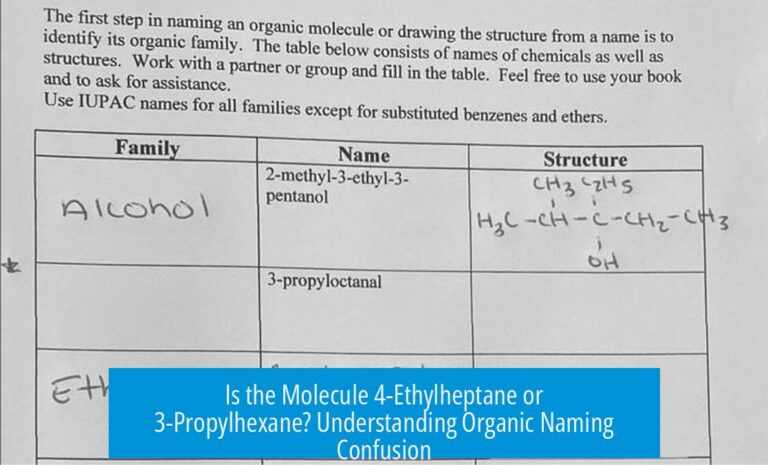
Leave a Comment